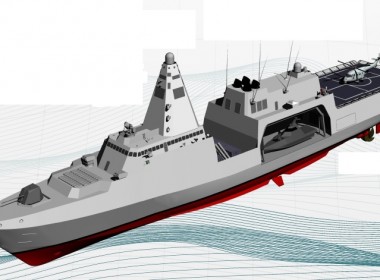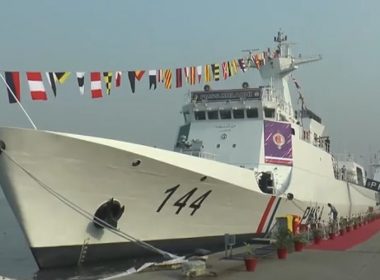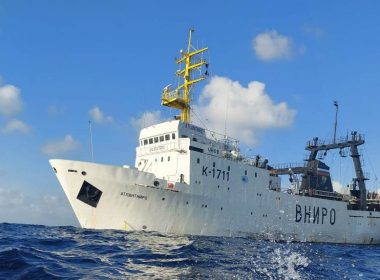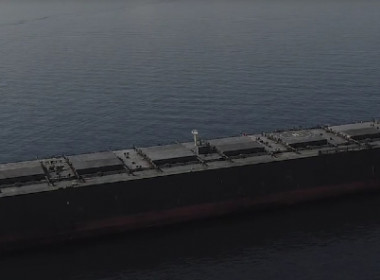Maritime Security Vessel News Roundup | December 14 – Russian submarines, UK fisheries patrol catamaran and more

The Russian Navy welcomes two new submarines into service as trials begin for a fisheries protection vessel for a UK operator. The Royal New Zealand Navy will conduct testing of an unmanned vehicle powered by renewable energy sources. Finally, an order has been placed for a minehunting remotely operated vehicle for use by a Middle Eastern customer.
Two new Russian Navy submarines commissioned into service
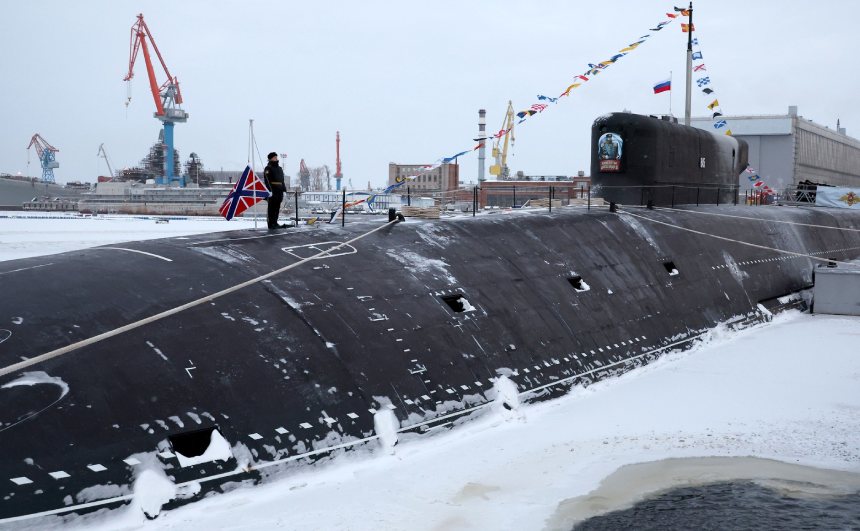
The Russian Navy commissioned two newly delivered nuclear-powered submarines into service in a ceremony with President Vladimir Putin as guest of honour on Monday, December 11.
Imperator Aleksandr III (“Emperor Alexander III”) and Krasnoyarsk were built by United Shipbuilding Corporation’s Sevmash division. Both submarines will be assigned to the Russian Navy’s Pacific Fleet.
Imperator Aleksandr III belongs to the Project 955A series of ballistic missile submarines while Krasnoyarsk is a Project 885M cruise missile submarine.
Royal New Zealand Navy to acquire unmanned craft powered by renewable energy
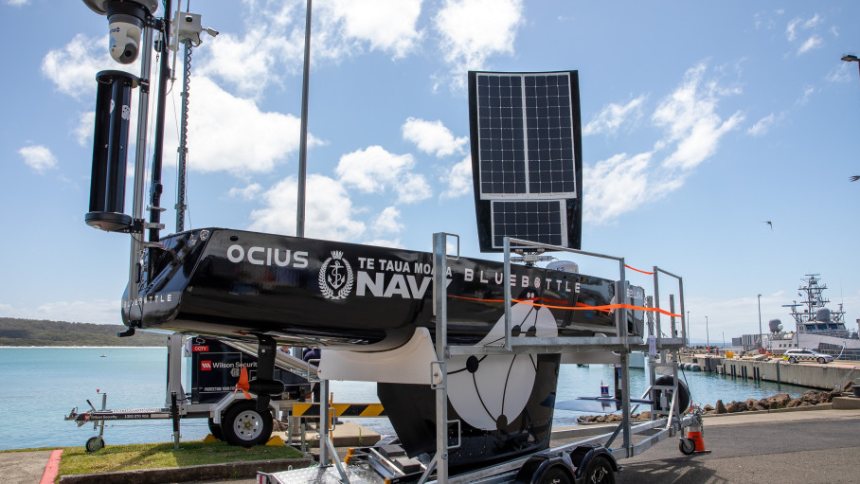
The Royal New Zealand Navy will take delivery of a 6.8-metre, renewable-powered uncrewed surface vessel (USV) to trial on a short-term lease.
Once operational, the craft will be able to undertake maritime tasks at sea without fuel or personnel on a trial basis.
The USV was designed and manufactured by Sydney, Australia-based Ocius Technology. The solar-, wind-, or wave-powered vessel uses a retractable rigid sail to provide wind propulsion while photo-electric cells on the sail can drive its motor.
In the absence of sunlight and wind, the USV has a flipper and rudder device to steer and propel itself. Sensors will include radar and electro-optical and infrared cameras.
The craft has a top speed of five knots and the ability to operate at sea indefinitely in sea states up to seven, with wave heights of between six and nine metres.
The USV will be constantly monitored and operated from a control room at Devonport Naval Base. Communication with the control room is through mobile phone signal while close to shore or via high- and low-bandwidth satellite when further offshore.
Sea trials begin for new UK fisheries protection catamaran
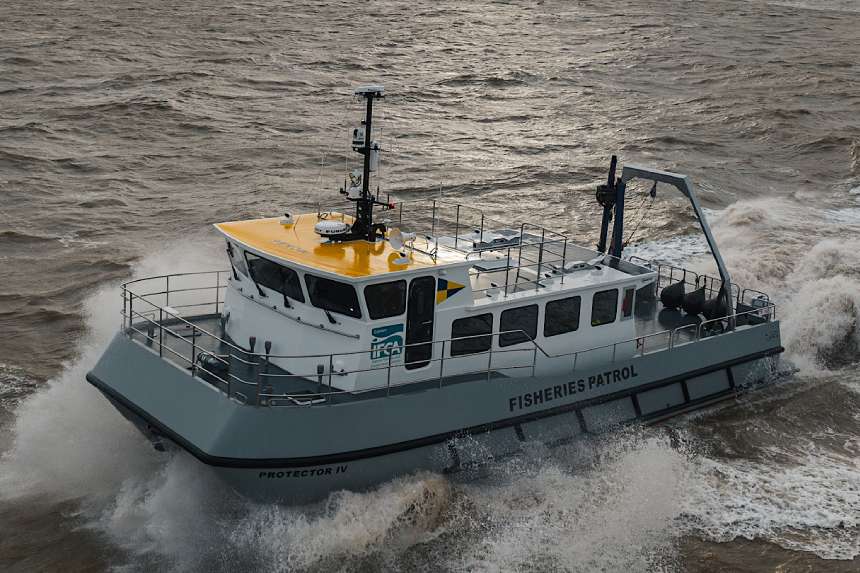
A new catamaran enforcement vessel ordered by the UK’s Eastern Inshore Fisheries and Conservation Agency (Eastern IFCA) recently began undergoing sea trials.
Designed by local naval architecture firm Chartwell Marine, Protector IV has an LOA of 16.2 metres, a beam of 6.5 metres, and two Volvo Penta D8 IMO Tier III-compliant engines that will deliver a top speed of 22 knots and a service speed of 18 knots. Onboard space is available for a daughtercraft for boarding operations.
The vessel will be used for inshore fisheries protection patrols from Haile Sand Fort in the north to Felixstowe in the south, encompassing the counties of Lincolnshire, Norfolk, and Suffolk, extending a further six nautical miles from their coastlines.
Kuwait Naval Force to receive minehunting ROV
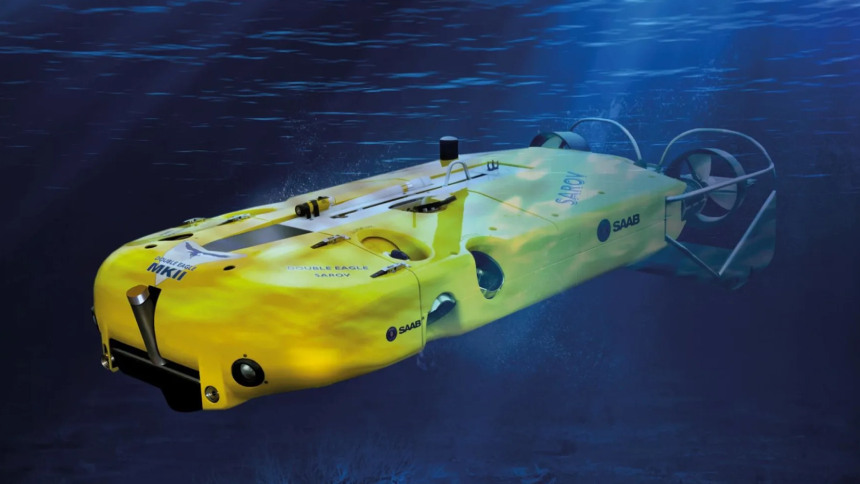
Swedish unmanned systems specialist Saab has received a contract from the US Navy for a semi-autonomous remotely operated vehicle (SAROV) for the Kuwait Naval Force.
The craft can be used both as an autonomous underwater vehicle (AUV) for detection, classification and identification, and as an ROV for mine disposal. The US Navy is procuring this system as a Foreign Military Sales (FMS) program for the Kuwait Naval Force.
The highly manoeuvrable ROV can be launched from any type of ship, from the shore, or from a craft of opportunity.



